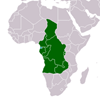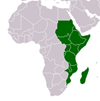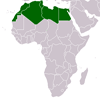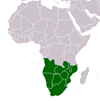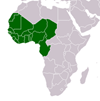Guidelines for drinking-water quality vol.2 Health criteria and other supporting information
Guidelines for drinking-water quality vol.2 Health criteria and other supporting information
This volume of the Guidelines for drinking-water quality explains how guideline values for drinking-water contaminants are to be used, defines the criteria used to select the various chemical, physical, microbiological, and radiological contaminants included in the report, describes the approaches used in deriving guideline values, and presents, in the form of brief monographs, critical reviews and evaluations of the effects on human health of the substances of contaminants examined. This edition of the Guidelines considers many drinking-water contaminants not included in the first edition. It also contains revised guideline values for many of the contaminants included in the first edition, which have been changed as a result of new scientific information. The guideline values given here supersede those in the 1984 edition. Although the number of chemical contaminants for which guideline values are recommended is greater than in the first edition, it is unlikely that all of these chemical contaminants will occur in al water supplies or even in all countries. Care should therefore be taken in selecting substances for which national standards will be developed. A number of factors should be considered, including the geology of the region and the types of human activities that take place there. For example, if a particular pesticide is not used in the region, it is unlikely to occur in the drinking-water. In other cases, such as the disinfection by-products, it may not be necessary to set standards for all of the substances for which guideline values have been proposed. If chlorination is practiced, the trihalomethanes, of which chloroform is the major component, are likely to be the main disinfection by products together with the chlorinated acetic acids in some instances. In many cases, control of chloroform levels and, where appropriate, trihalomethanes, acid will also provide an adequate measure of control over other chlorination by-products. In developing national standards, care should also be taken to ensure that scarce resources are not unnecessarily diverted to the development of standards and the monitoring of substances of relatively minor importance. Several of the inorganic elements for which guideline values have been recommended are recognized to be essential elements in human nutrition. No attempt has been made here to define a minimum desirable concentration of such substances in drinking-water.
CITATION: World Health Organization (WHO). Guidelines for drinking-water quality vol.2 Health criteria and other supporting information . Geneva : WHO , 1996. - Available at: https://library.au.int/guidelines-drinking-water-quality-vol2-health-criteria-and-other-supporting-information-3

